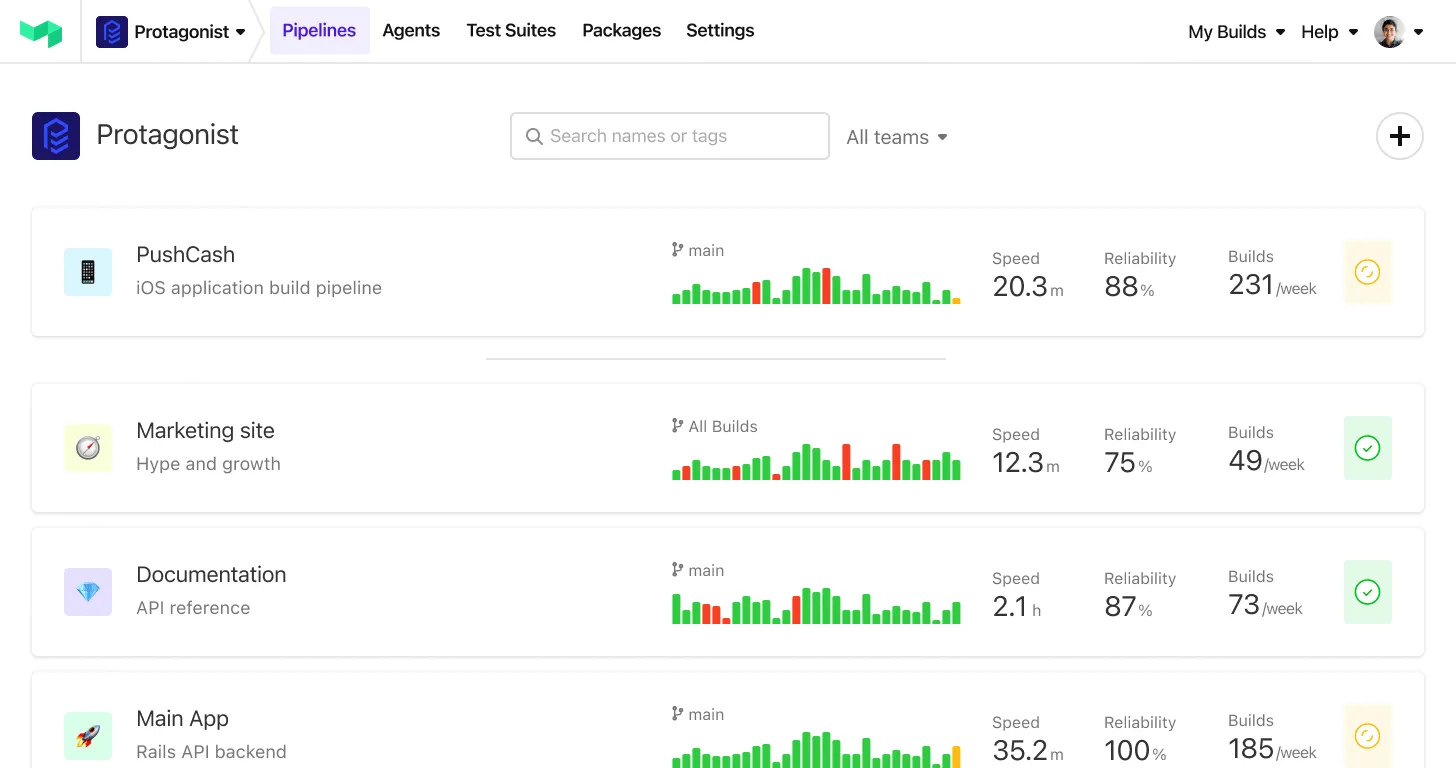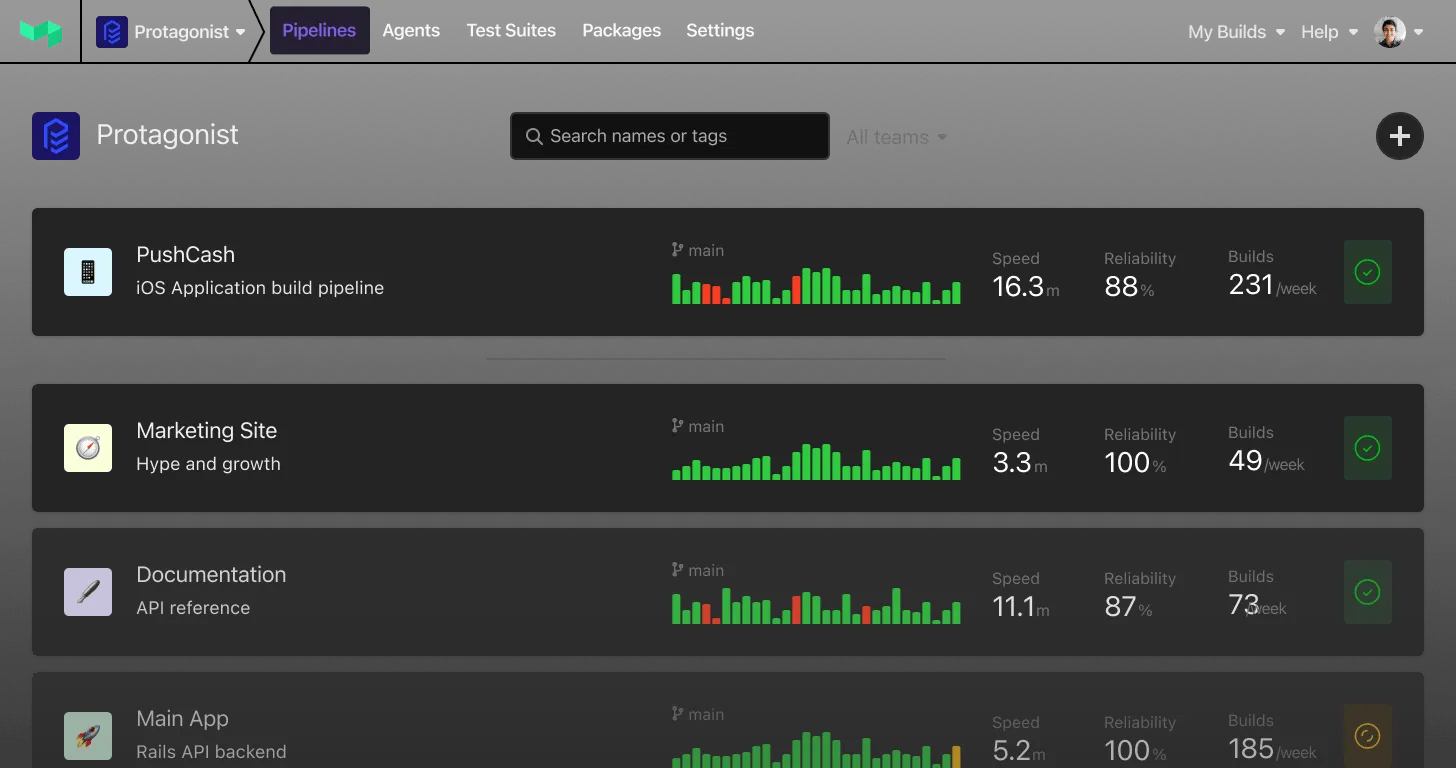Cloud Provider Support
One of the most significant differences between these tools is their scope of supported cloud providers.
AWS CloudFormation
CloudFormation is designed exclusively for AWS services and resources. While it supports some third-party resources through the CloudFormation Registry, its primary focus remains on the AWS ecosystem.
Terraform
Terraform is cloud-agnostic, supporting multiple providers including AWS, Azure, Google Cloud, and many others. This makes it ideal for organizations with multi-cloud environments or those wanting to avoid vendor lock-in.
Configuration Language
The syntax and language used to define infrastructure play a crucial role in developer experience and productivity.
AWS CloudFormation
CloudFormation uses JSON or YAML for template creation. While YAML improves readability over JSON, both formats can become unwieldy with complex nested structures and indentation requirements.
Terraform
Terraform uses HashiCorp Configuration Language (HCL), designed to balance human readability with machine interpretability. HCL typically requires fewer nested scopes than YAML and offers more powerful features like loops, conditionals, and extensive built-in functions.
State Management
How each tool tracks and manages the state of deployed infrastructure affects operations, collaboration, and maintenance.
AWS CloudFormation
CloudFormation manages state internally as a managed AWS service. It does not expose state files to users but provides drift detection to identify when resources have been modified outside CloudFormation.
Terraform
Terraform explicitly tracks state in state files that can be stored locally or remotely. This approach enables advanced features like importing existing resources and moving resources between configurations but requires careful management of state files.
Modularity & Reusability
The ability to create reusable infrastructure components affects development efficiency and standardization.
AWS CloudFormation
CloudFormation offers nested stacks and modules for reusability, but these have limitations. Nested stacks hide underlying resources from the parent stack, making it difficult to see all changes during updates.
Terraform
Terraform's module system is more flexible and powerful, allowing for highly composable infrastructure definitions. Modules can be published, shared, and versioned easily, promoting code reuse across teams and projects.
Deployment & Updates
How changes are planned and applied to infrastructure affects reliability and operational safety.
AWS CloudFormation
CloudFormation uses Change Sets to preview modifications before applying them. It attempts to roll back all changes automatically if any part of the deployment fails, maintaining infrastructure in a consistent state.
Terraform
Terraform's plan command shows a detailed preview of all changes before they're applied. Unlike CloudFormation, Terraform stops at the point of failure rather than rolling back, which can be faster but may leave infrastructure in an inconsistent state.



